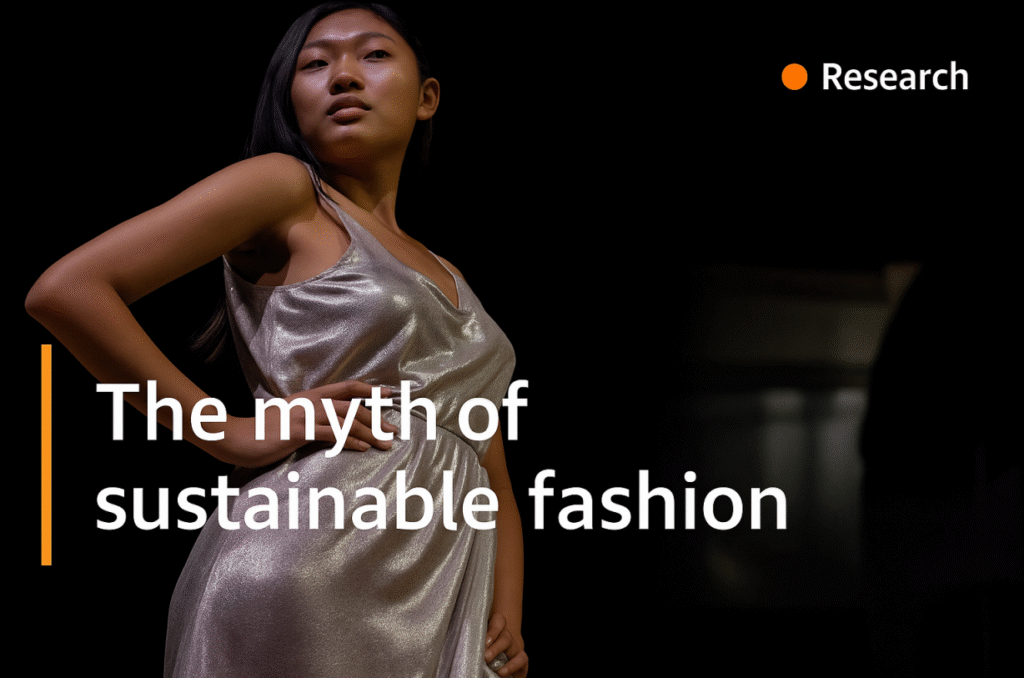
Prisha Khandelwal
3 June 2025
Fashion’s Glittering Divide
In a Manhattan loft, a $900 “sustainable” linen dress is applauded for its responsible
sourcing. Thousands of miles away, in a packed Dhaka factory, a woman earning $2
a day sews garments branded as eco-friendly, inhaling chemical fumes beneath
fluorescent lights. Fashion, once a beacon of self-expression, has become a war
zone of economic injustice and environmental degradation. This is not a tale of
clothing. It’s about the cost of looking good and who pays for it.
In the boutiques of Beverly Hills and SoHo and orchard sustainability is the new
status symbol of organic cotton, biodegradable packaging, and ethically sourced
everything. But in the garment factories of Bangladesh and the secondhand markets
of Kenya, fashion tells a far different story. As the wealthy dress green, the global
poor pay the price.
The Fashion Pyramid, Who Wears What and Why.
In developed nations like Monaco and the rich in the USA are able to afford brands
like Chanel, Stella McCartney, Armani, etc. It is because these garments simply
aren’t style, but an indication of one’s social standing and stand as a bigger image
than style. In nations such as India and Bangladesh, they can only manage to
purchase fast fashion such as Shein, H&M and the likes because of affordability
issues. And for low-income families, most depend on second-hand clothes and
donated items, which subsequently damages local textile industries.
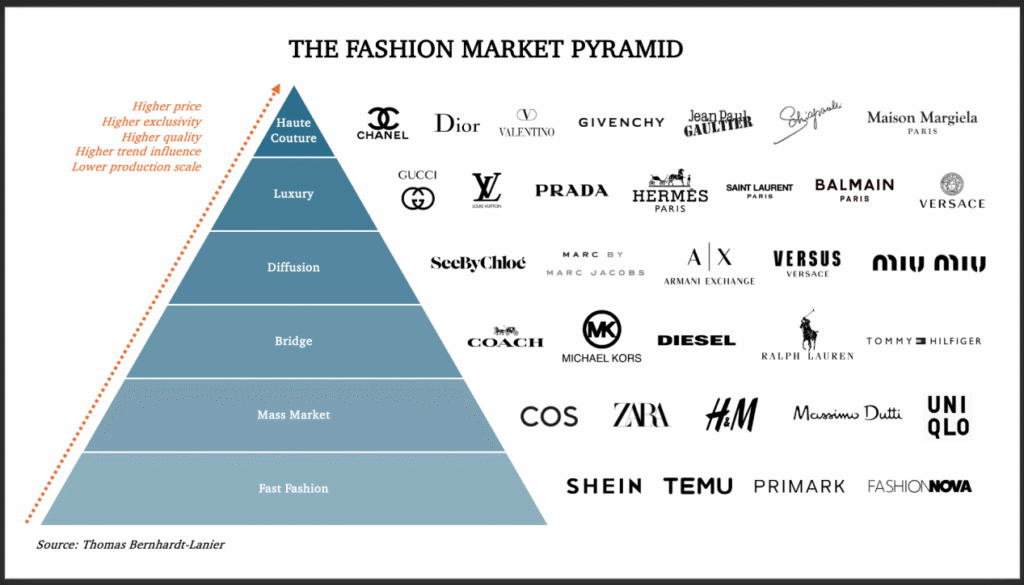
The Supply Chain of Inequality
Many luxury and fast fashion brands outsource labour to countries like Bangladesh,
Vietnam, and Ethiopia. According to the Clean Clothes Campaign, the average
garment worker in Bangladesh earns about $95 USD per month, far below a living
wage. These workers often endure unsafe working conditions, long hours, and
chemical exposure, all while producing clothing that may be marketed as “ethical” or
“green.” Worse yet, many fashion brands engage in greenwashing, a deceptive
practice where companies exaggerate or fabricate their environmental credentials. A
2021 investigation by the Changing Markets Foundation found that 60% of
sustainability claims made by major fashion brands were misleading or
unsubstantiated. For example, some “eco” collections use only a fraction of recycled
materials while continuing unsustainable practices.
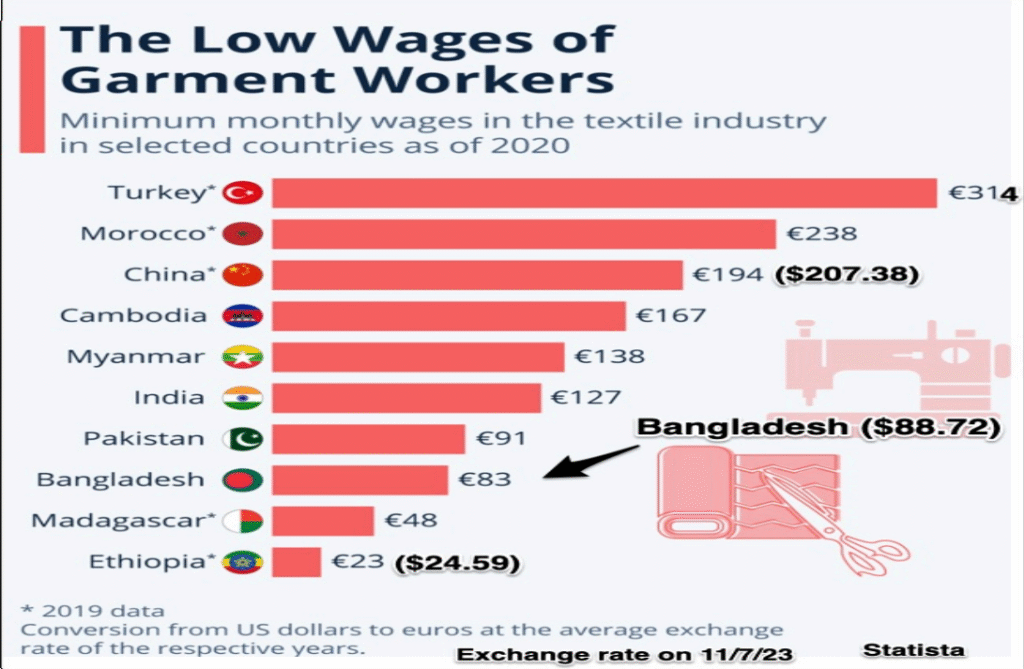
Environmental Toll
The fashion industry is responsible for around 10% of global carbon emissions, and
textile dyeing is a major water polluter, using over 93 billion cubic meters of water
yearly. At the same time, fashion brands overproduce massively, leading to 92 million
tons of textile waste every year. Much of this waste is dumped in Global South
countries. In Ghana’s Kantamanto Market alone, 15 million garments arrive weekly,
with nearly 40% becoming waste. While wealthy nations market sustainability, they
often shift the environmental burden to poorer countries, where those who consume
the least face the greatest harm.
What Can Be Done?
Policy reforms are essential to making fashion sustainably so. Governments need to
impose tougher labor legislation and call for supply chain transparency, making
brands liable for how and where their goods are manufactured. A worldwide tax on
fast fashion imports or overproduction would also deter destructive practices.On an
individual level, consumers are quite influential. Buying less, choosing local brands,
or upcycling old clothes decreases demand for exploitative production. Sites like
Good On You and Fashion Revolution empower individuals to make informed, ethical
choices. Buying from small, sustainable fashion enterprises in developing economies
can also redistribute power to those most impacted by the industry.
Reimagining Fashion’s Future
Sustainable fashion needs to be more than organic clothing and fashionable green
labels. It needs to encompass the voices of workers, save the planet, and be
available to all, not the wealthy alone. True sustainability is intersectional, addressing
both social and environmental justice. As long as the system remains the same, we
risk confusing style with sustainability and green marketing with true advancement.
It’s time to rethink fashion, not only in terms of how it appears, but in terms of who it
benefits and at what price.
Personal initiatives
As a private citizen, I can make informed decisions—purchasing less, higher-quality
garments, encouraging ethical fashion companies, and using my voice through sites
like my school’s environmental club. But individual action needs to be paired with
systemic reform. Wealthier nations, which propel much of the fashion world’s
consumption and waste, need to assume more responsibility by implementing tighter
labour and environmental controls, penalizing overproduction, and endorsing fair
trade practices. Real change will only happen when consumers and governments of
the Global North catch up in terms of values to practice, making sustainability no
longer a luxury and more of a norm.
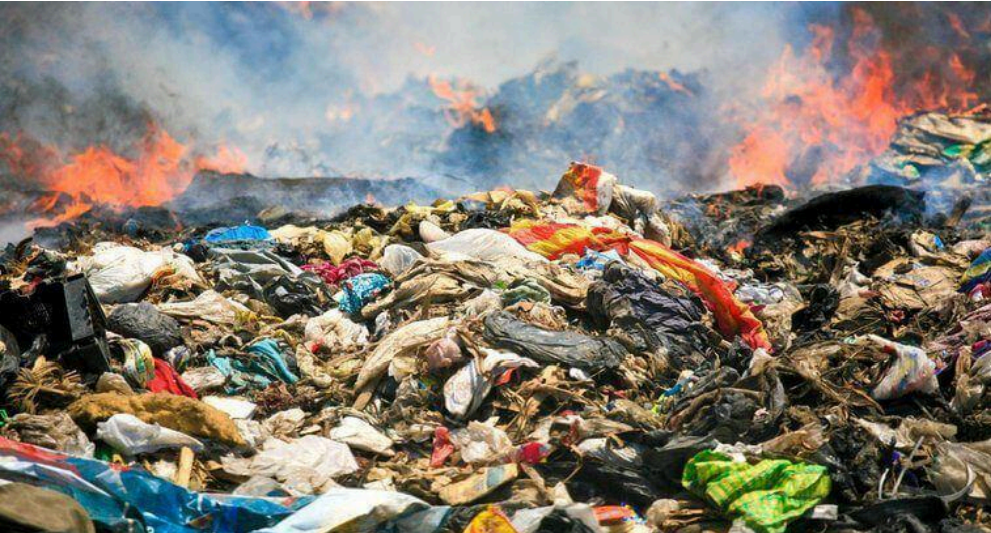
Still interested, take a look at the following links below-
● “Environmental Impact of the Fashion Industry.” United Nations Environment
Programme (UNEP),
https://www.unep.org/news-and-stories/story/environmental-costs-fast-fashion
● “The Urgent Need for a Fashion Revolution.” Clean Clothes Campaign,
https://cleanclothes.org
● “Synthetics Anonymous.” Changing Markets Foundation, June 2021,
https://changingmarkets.org/portfolio/synthetics-anonymous/
● “Global Ethical Fashion Market Report 2023.” Statista,
https://www.statista.com
● “Used Clothing Imports in East Africa.” East African Community (EAC), 2017,
https://www.eac.int
● “The Kantamanto Market.” The Or Foundation, https://theor.org/kantamanto
● “Minimum Wages in the Garment Industry.” Clean Clothes Campaign,
https://cleanclothes.org/livingwage/minimumwage
● “10 Fast Fashion Statistics That Will Blow Your Mind.” Good On You,
https://goodonyou.eco/fast-fashion-statistics/



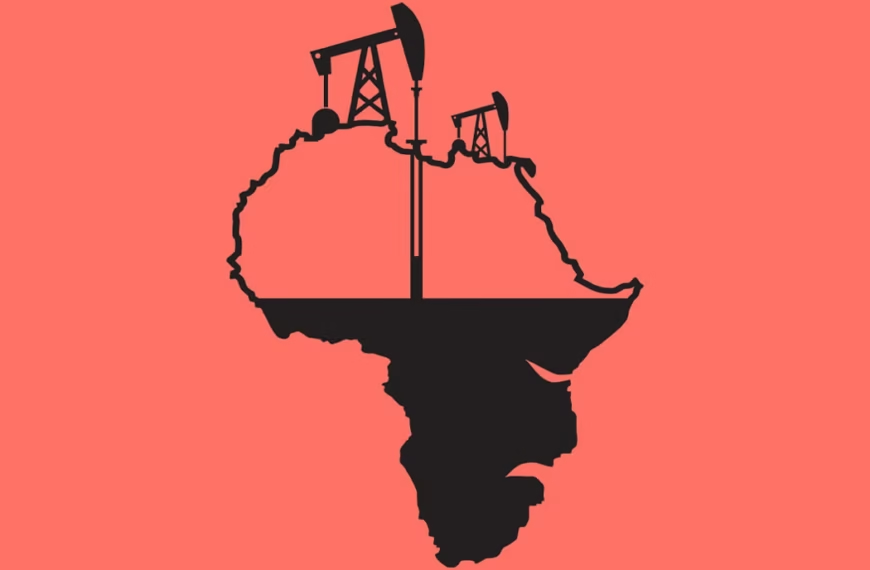
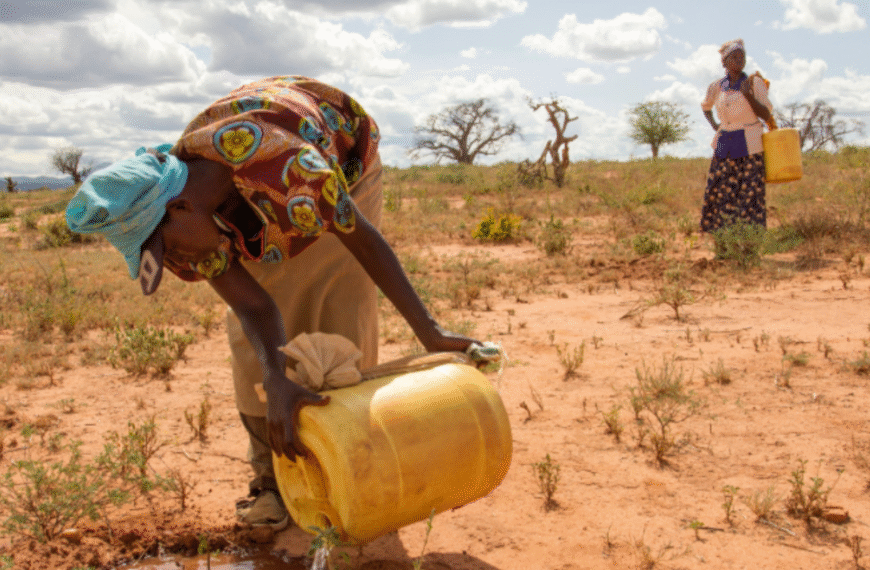

Leave a Reply
You must be logged in to post a comment.